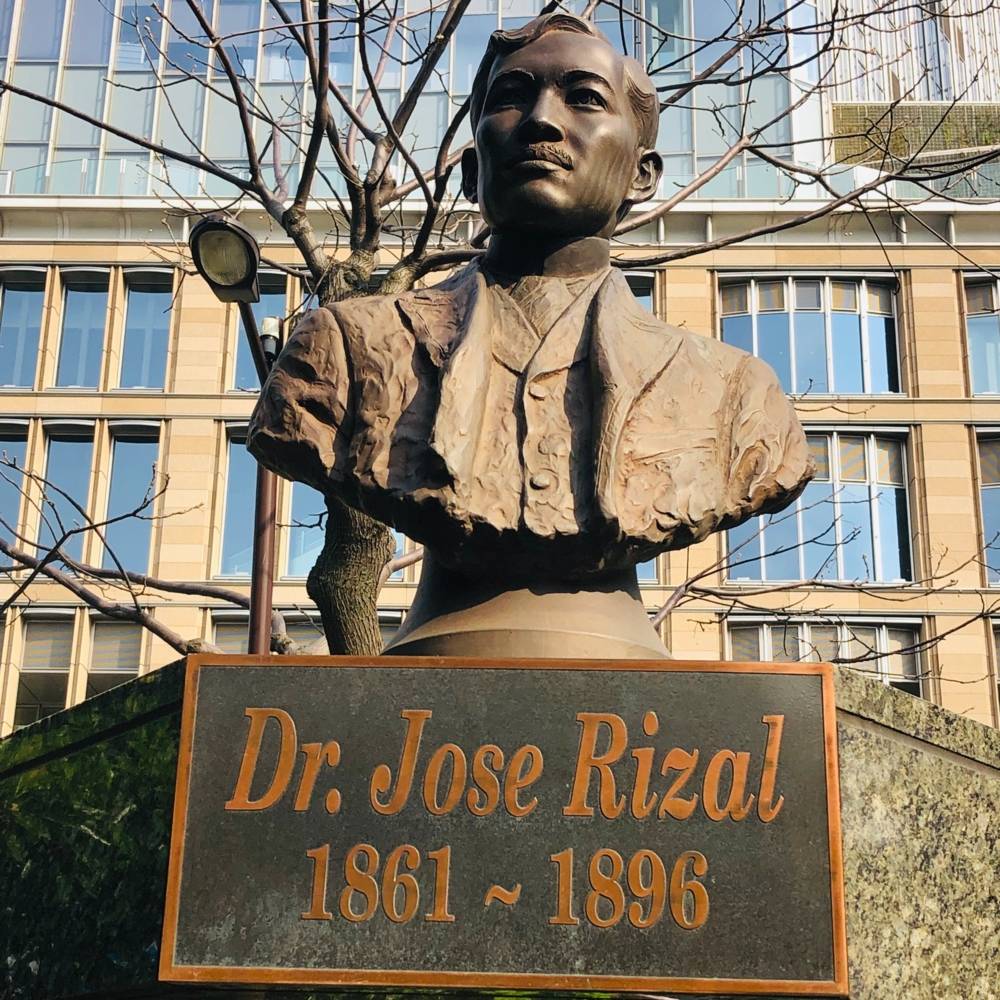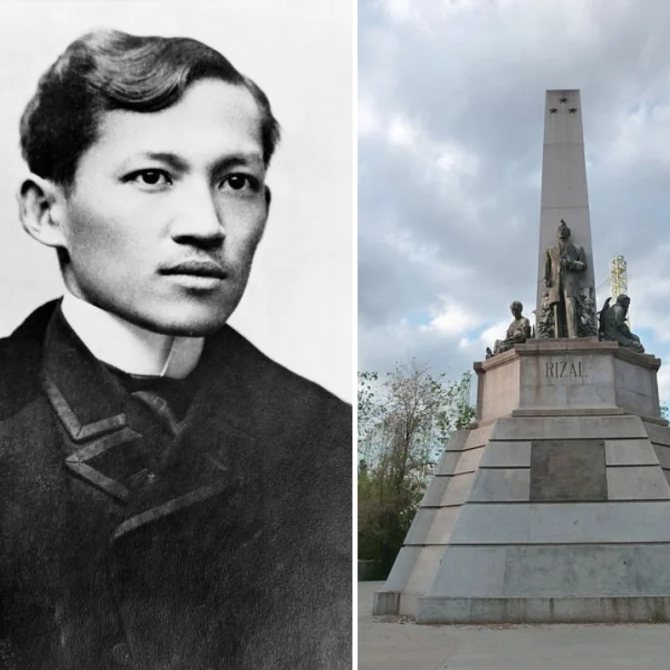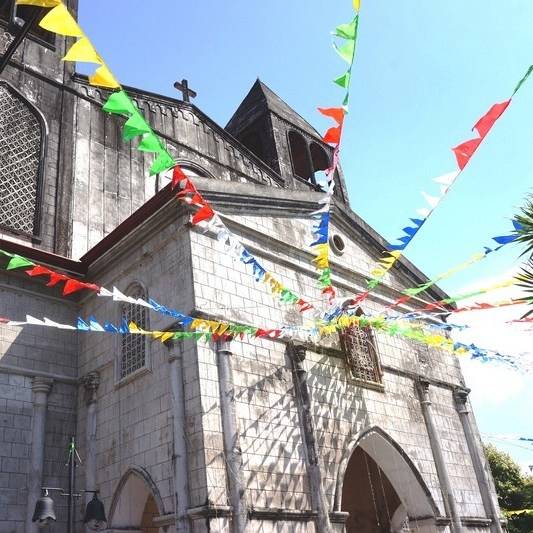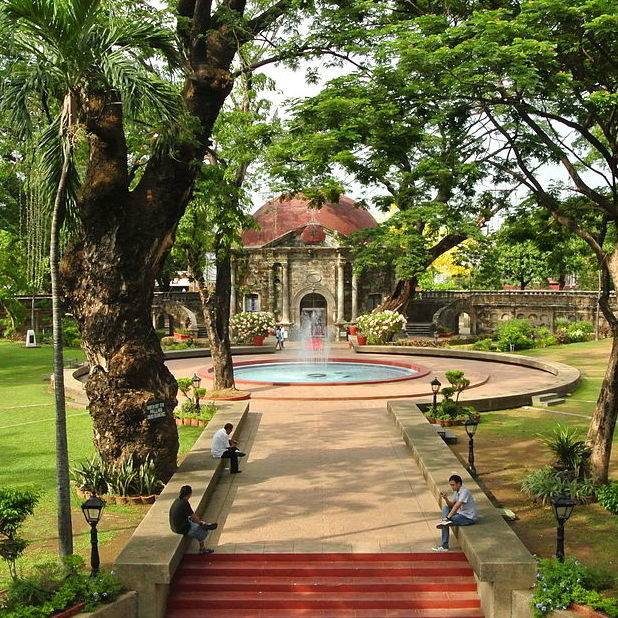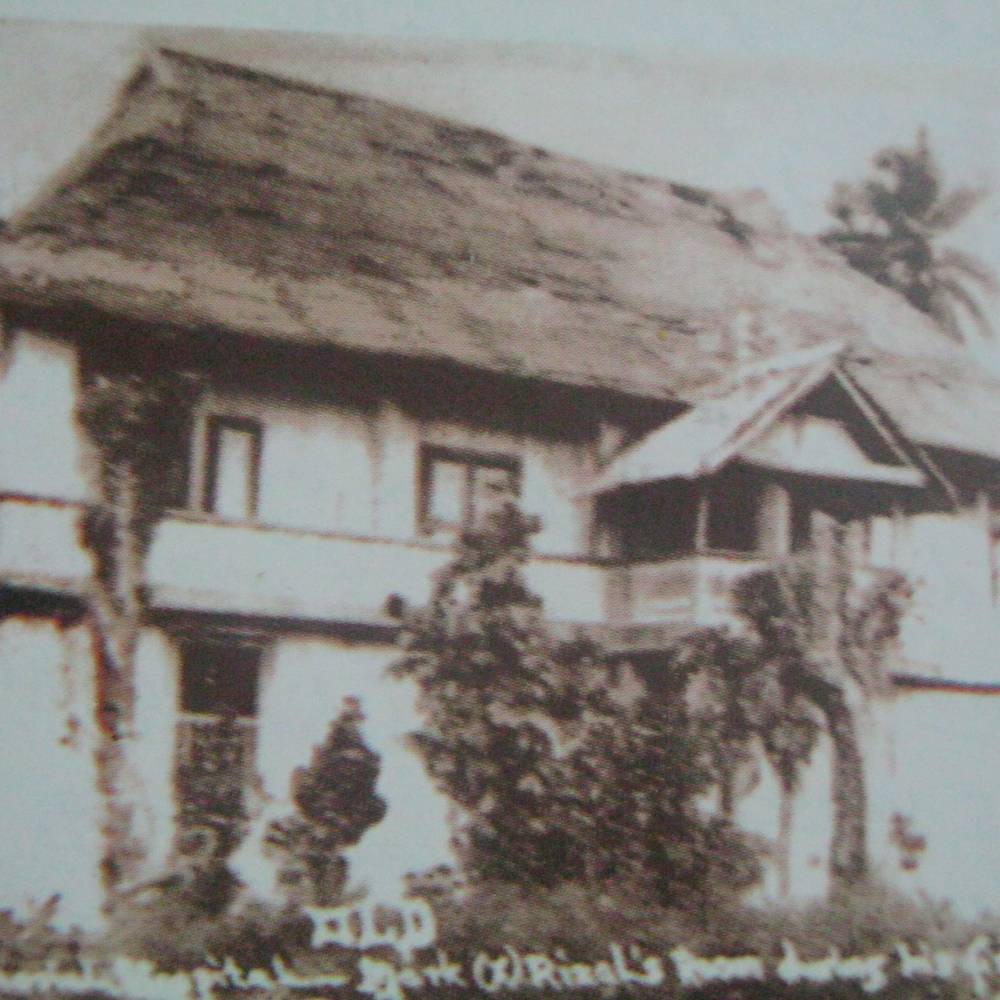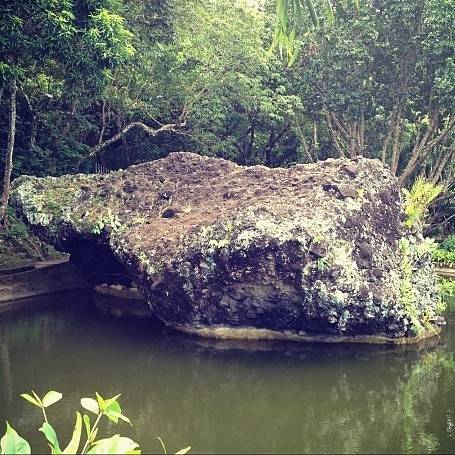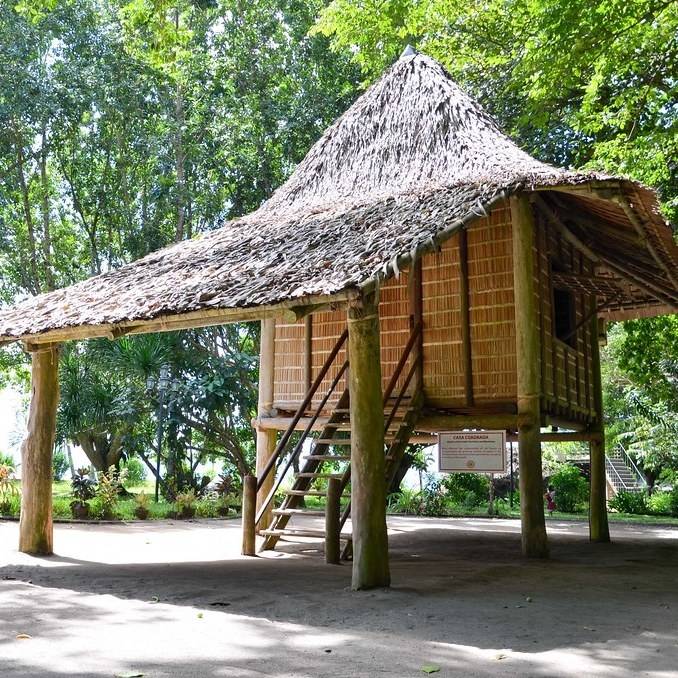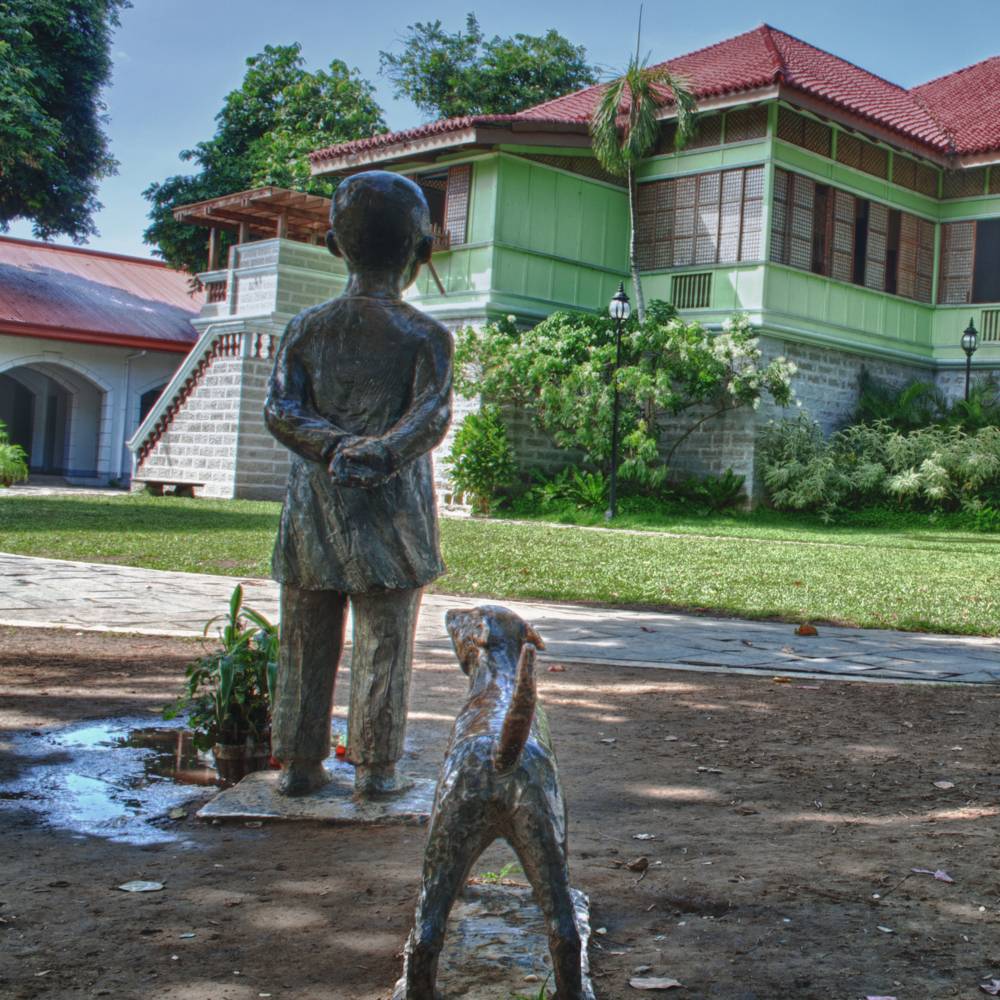

Beyond the Classroom
Beyond the Classroom
About museum
News
Guestbook
Credits
Exhibits
-
 Rizal Monument, Japan
Rizal Monument, Japan
-
 Rizal Monument, Madrid
Rizal Monument, Madrid
-
 Church of St. James the Greater
Church of St. James the Greater
-
 Paco Park, Manila
Paco Park, Manila
-
 Rizal Shrine, Intramuros
Rizal Shrine, Intramuros
-
 Captain Carniero’s Home
Captain Carniero’s Home
-
 Mi Retiro Rock, Dapitan City
Mi Retiro Rock, Dapitan City
-
Wawa Dam, Dapitan City
-
 Casa Cuadrada, Dapitan City
Casa Cuadrada, Dapitan City
-
 Casa Redonda, Dapitan City
Casa Redonda, Dapitan City
-
 The Jose Rizal Shrine, Calamba
The Jose Rizal Shrine, Calamba
-
 First Rizal Monument, Daet, Camarines Sur
First Rizal Monument, Daet, Camarines Sur
1 Follower
This here is a virtual museum of our late hero, Jose Rizal. An adherence to our activity in Life and Works of Rizal.
No news for this museum
No guestbook entries for this museum


